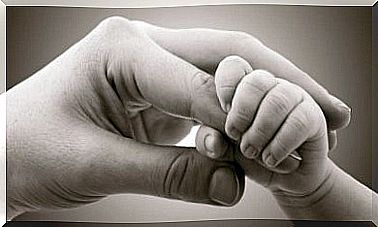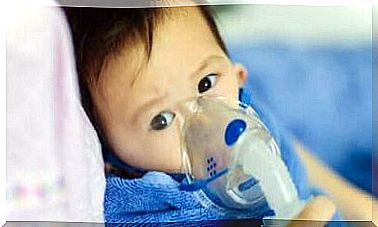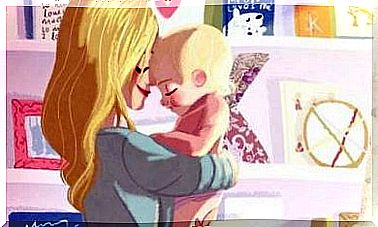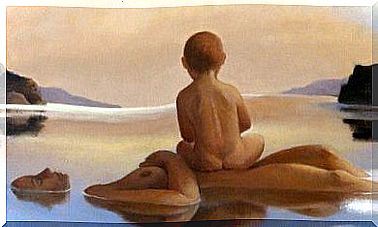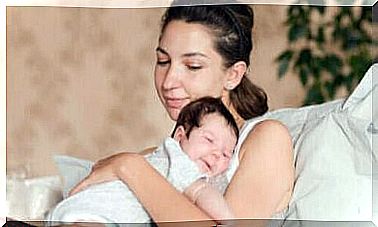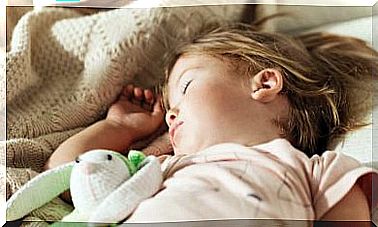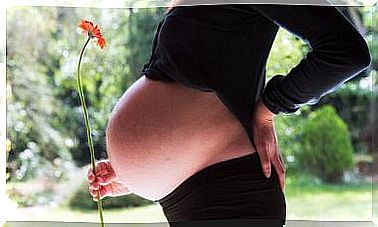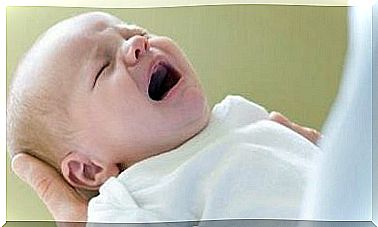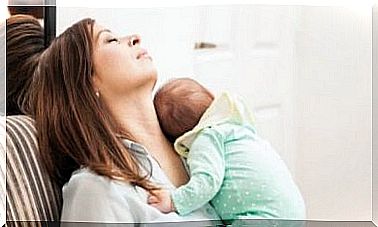The Child’s First Teeth: Everything You Need To Know
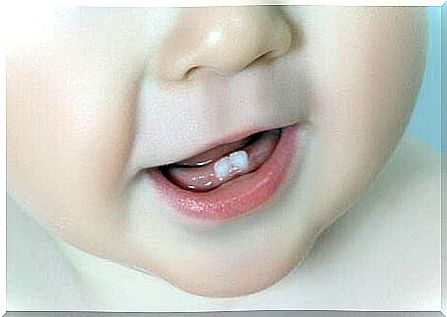
Most often, the baby’s first teeth will begin to appear when the baby is four months old. In some cases, the teeth begin to come out when the child is a year old.
There is no need to worry if they take longer to come into view as each child is different.
In what order do the baby’s first teeth erupt?
In most babies, the order of the baby teeth is affected by the development of their diet. The first teeth that emerge are the front teeth, which help chew vegetables and softer foods. Later, the cheek teeth and canines will appear and help chew meat.
As we indicated earlier, the eruption of the teeth varies, but most often it ends when the baby is between 20 and 30 months.
Of course, there may be exceptions. There are even cases where children have been born with a tooth, but this is quite rare.
As babies begin to get baby teeth, they may begin to drool more and bite into more things. Some get through the process without pain, while others experience moments of irritation as well as episodes of crying and disturbances in sleep and feeding.
Yes, cavities can occur in baby teeth, and cavities in infants are very common.
Symptoms of teething
When a baby’s first teeth appear, the symptoms will generally be mild, and some babies do not notice their first teeth at all. In contrast, some may experience fever or diarrhea.
Here are the symptoms you should notice:
- Your baby’s first teeth may be hidden under the gums for weeks, or may cut through the gums suddenly without warning.
- When teeth erupt, the gums change appearance, become swollen and have a hard, whitish protrusion when touched. It can be painful and annoying for the little one.
- Usually , eruption of baby teeth is followed by minor discomfort, such as fever and cold symptoms, but diarrhea and irritation can also occur.
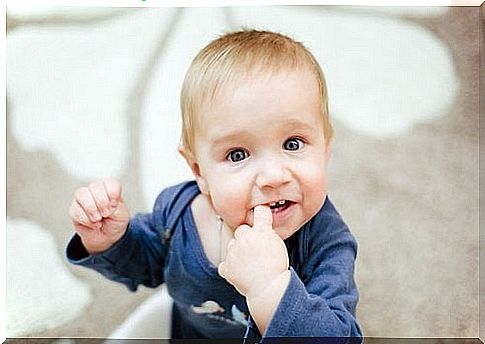
How to relieve pain from teeth
- Wrap some sterile gauze bandage around a finger and gently massage the gums. This is a very effective way to relieve the pain from the teeth.
- Another option to relieve the pain from the teeth is to massage the gums with a piece of ice – also wrapped in sterile gauze.
- A bite ring can also be very helpful as it can provide relief for the gums. Thanks to its shapes and colors, they can be very attractive to babies and distract them from the pain.
- There are special ointments that can relieve pain that are anesthetic and natural.
How to clean your baby’s first teeth
Before the first teeth erupt, you can gently clean your baby’s gums from time to time with a damp cloth so he gets used to getting this area fixed.
When the first teeth erupt, continue to clean them with a damp cloth. If supplemental food has already been started, a special baby toothbrush with very soft bristles can also be used.
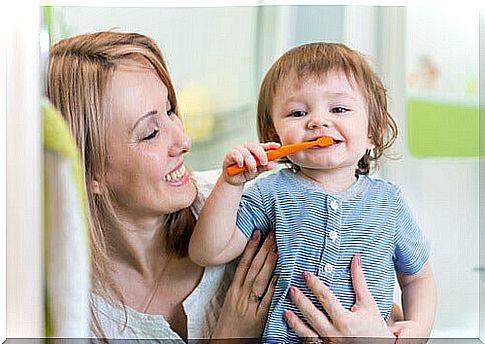
This is very important after the age of 18 months, when the cheek teeth typically erupt because the man can gather between the teeth. It may be advisable to brush your baby’s teeth two to three times a day, especially just before bedtime in the evening.
The European Academy of Pediatric Dental Work recommends brushing twice a day with a specific toothpaste. This may not be a toothpaste for adults due to the risk of fluorosis. Toothpaste for children under two years must have a concentration of 500 ppm.
It is important to once again be aware that all babies are different, the baby’s first teeth will erupt when they are ready. If you have any questions in addition, you can consult with a pediatrician or a dentist.
